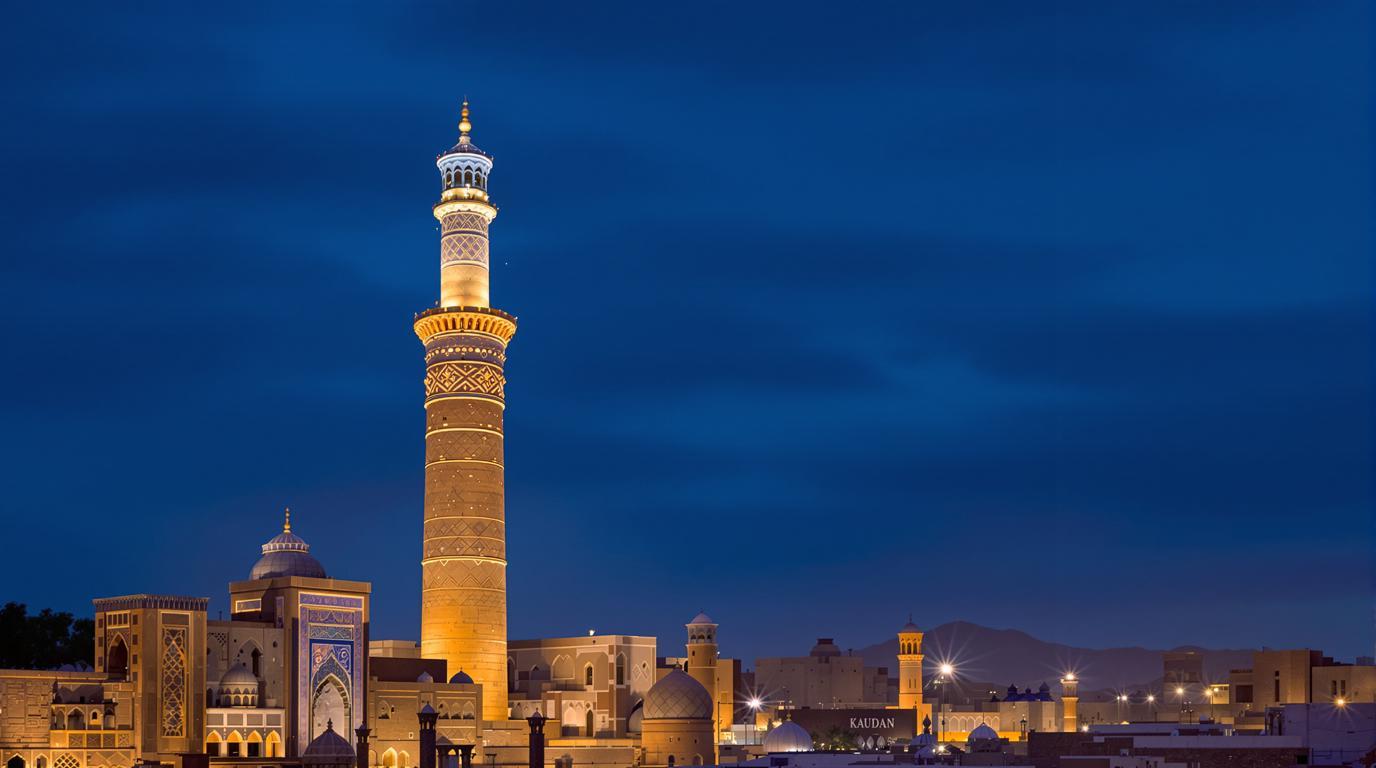Bukhara’s ancient bazaars and towering minarets have witnessed over 2,000 years of history, making it Central Asia’s most perfectly preserved medieval city. Unlike its famous neighbor Samarkand, Bukhara offers travelers something increasingly rare—an authentic Silk Road experience where time seems frozen in the pre-Russian era.
The minaret that saved itself from Genghis Khan
Standing 150 feet tall, the Kalon Minaret has dominated Bukhara’s skyline since 1127. When Genghis Khan’s armies decimated the city in 1220, the conqueror reportedly looked up at this architectural marvel and spared it, ordering his soldiers to destroy everything except this magnificent tower.
“The minaret was so beautiful that even the most destructive force in medieval Asia couldn’t bring himself to tear it down. Today, it remains our symbol of resilience,”
explains local historian Aziz Karimov.
A labyrinth of trading domes where merchants haggle as they did centuries ago
Unlike manufactured tourist bazaars found elsewhere, Bukhara’s trading domes remain functional markets where locals and travelers converge. The distinctive domed ceilings of Toki Sarrafon (money exchangers’ dome) and Telpak Furushon (hat sellers’ dome) create acoustics that amplify the rhythmic bargaining between shopkeepers and visitors.
These atmospheric spaces represent perfect examples of medieval commercial architecture, where spices from India once mingled with silks from China and furs from Russia. Today, they offer the same authentic trading experience that travelers might find in hidden valleys elsewhere in the world.
The ancient heart that still beats around a 17th-century pool
Lyabi Hauz, a plaza centered around a shimmering pool, serves as Bukhara’s living room. Shaded by centuries-old mulberry trees, this space has been the city’s social hub since 1620. Unlike other ancient settlements that suffered destruction, Bukhara maintained its soul through centuries of change.
The surrounding madrasas now house artisan workshops rather than religious students, but the atmosphere remains unchanged. At sunset, locals gather for green tea and conversation while musicians perform traditional melodies that have echoed here for generations.
The desert fortress where emirs once ruled with absolute power
The imposing Ark Fortress, with walls towering 20 meters high, served as Bukhara’s fortified citadel for millennia. This massive complex once housed royal courts, reception halls, and the infamous Zindon prison where unfortunate captives were thrown into a pit infested with insects and reptiles.
“When you stand on the ramparts, you’re looking at the same panorama that rulers have observed since the 5th century, though thankfully with much more benevolent governance,”
notes tour guide Dilshod Rahimov.
Beyond the tourist trail: secret hammams and hidden synagogues
While impressive monuments draw most visitors, Bukhara’s real charm lies in its back alleys. The city once hosted a significant Jewish population that maintained vibrant communities across Central Asia. The remaining synagogue stands as testament to this multicultural history.
For adventurous travelers, the Bozori Kord Hammam offers an authentic bathing experience following traditions unchanged since medieval times. Unlike natural attractions elsewhere, Bukhara’s human-made wonders provide equally memorable experiences.
A masterpiece of early Islamic architecture hiding in plain sight
The Ismail Samani Mausoleum represents one of Central Asia’s most important architectural achievements. Built around 905 CE, this perfectly proportioned cube showcases early Islamic design principles that later influenced buildings throughout the world.
Its intricate brickwork creates geometric patterns that change dramatically with the shifting sunlight, revealing new dimensions throughout the day. The building survived Genghis Khan’s destruction by being partially buried in sand—a fortunate accident of history that preserved this irreplaceable monument.
Walking Bukhara’s timeless streets today means experiencing a living museum where modern life continues against a backdrop of exceptional preservation. Unlike heavily restored historic centers elsewhere, this Silk Road jewel offers travelers a genuine glimpse into the past—where the medieval and modern worlds continue their centuries-old dance in perfect harmony.
